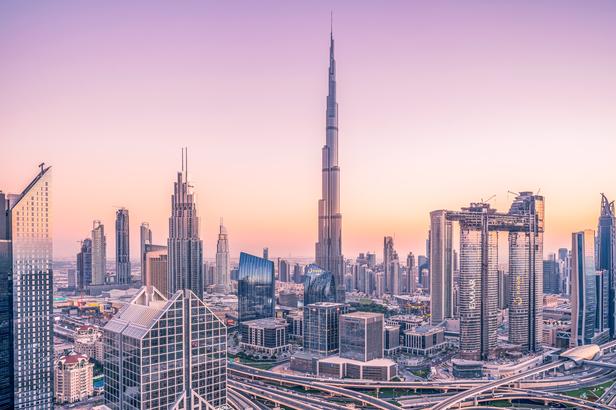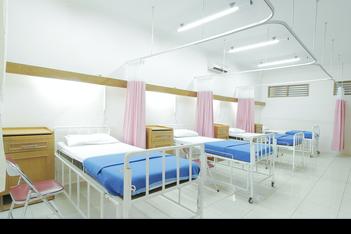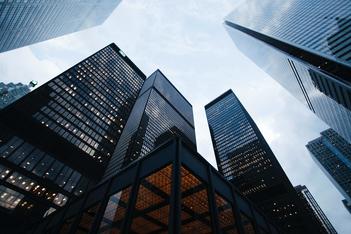From the burgeoning advancements of artificial intelligence (AI) and the Internet of Things (IoT), we are now a step closer to the high-tech, futuristic communities envisioned for us in science fiction movies. The construction of smart buildings is becoming more common across the globe, but what exactly are these smart buildings?
A smart building basically makes use of advanced and integrated technology systems to facilitate and manage a building’s operations and services. These include but are not limited to systems involving energy saving, space optimization, Environmental, Social and Governance strategies, air quality monitoring, and improving the occupant’s health, wellbeing, and productivity.
One of the biggest pros of constructing a smart building is the efficiency it brings to the building owners, managers, and occupants. That’s what makes the building “smart”. With these systems in place, operations and procedures done inside the building are made more efficient, seamless, and cost-effective compared to regular buildings.
Companies that are using or located in smart buildings have raved about the direct benefits it rendered in terms of corporate sustainability. It has been proven that such integration and seamlessness paves the way for significant time and resource savings.
With all the buzz smart buildings are getting these days, we decided to talk about three of the most iconic smart buildings across the globe. These buildings showcase some of the most innovative and impressive smart technologies that have undoubtedly bolstered its functionalities for its users.
-
DPR Construction - San Francisco, California, United States
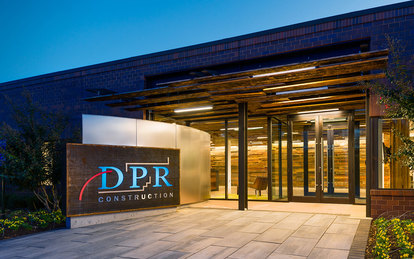
DPR Construction is most notable for its energy efficiency. In San Francisco, it is hailed as the first certified net-zero-energy building (NZEB), which means it makes use of the most advanced energy-saving technologies to date including a rooftop solar thermal water heating system, a 118 kW photovoltaic array, and VRF fan coil units.
Energy saving is the DPR Construction building’s priority, given its goal to “incorporate cost-saving and environmentally-friendly features” that would “achieve net-zero energy certification and serve as a ‘living lab’ to test the newest and most intelligent energy-efficient products on the market.”
As of writing, not only has it achieved the net-zero energy goal, but it’s managed to operate at under $200 per square foot, which is relatively low for bigger companies.
-
Burj Khalifa - Dubai, United Arab Emirates
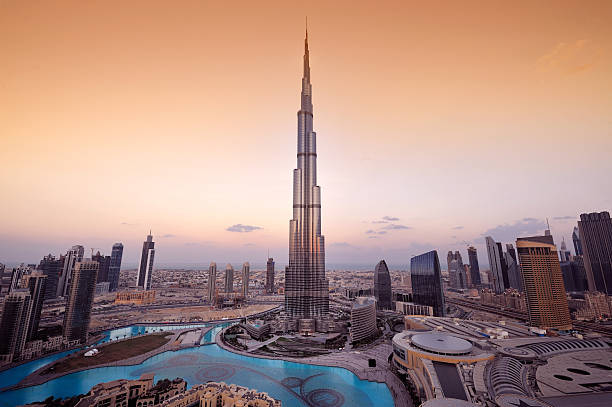
Situated in Dubai since 2010, the Burj Khalifa is built to track the HVAC system’s mechanical components. It makes use of real-time field data to identify anomalies and implements preventive and predictive maintenance. As an example, the system allows building users to identify air quality within the building, making it easy to immediately control unwanted contingencies. After years of implementation, the iconic tower saw a 40% reduction in maintenance hours and a 99.95% availability.
Burj Khalifa’s use of this technology is a great example of how data can be used to save energy and more resources. Bashar Mohammad Kassab, Director of Facilities Management, has called the Burj Khalifa “the smartest and most sustainable building in the UAE and across the Middle East.”
-
The Edge - Amsterdam, The Netherlands
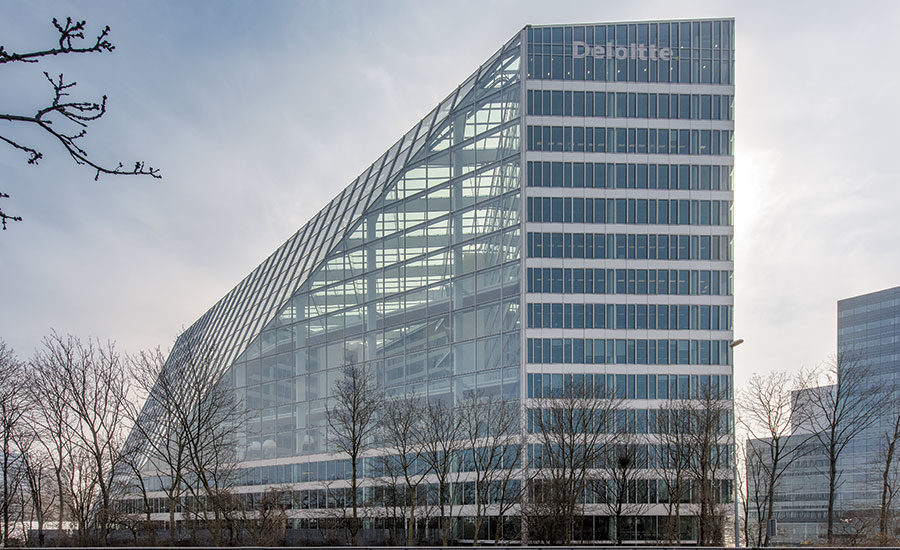
Last but definitely not the least, The Edge has been called the smartest building in the world because of the “life-improving” smart systems that have revolutionized how office spaces operate. These smart systems impact on occupants’ health, well-being, and productivity are seen to be what gives The Edge its edge.
To give a sneak peek, employees who work in The Edge have access to a smartphone app that contains their schedule and serves as an access pass to the building’s facilities. The app also aids employees in finding parking spaces and even workspaces since there is no fixed workspace designation. This “hot desking” feature’s aim is to foster relationships among employees across departments and, above all, ensure space optimization 24/7. This is a great example of a holistic cost-efficient approach since it also boosts employee experience as part of its benefits.
Gaining traction all over the world, The Edge earned a 98.4% sustainability rating from British agency BREEAM, the highest percentage ever awarded to any facility.
Final Thoughts
These are just some of the currently existing and operating smart buildings across the globe. With the rapid developments in smart technology, we have found a way to utilize our data to make our lives easier, more integrated, and more efficient, freeing up our resources to be able to focus on key priorities.
We've learned that the major benefits that these smart buildings have to offer in terms of energy saving, maintenance, improving the health, well-being, and productivity of occupants. Fortunately, the technologies involved in constructing these smart buildings with these benefits are becoming increasingly accessible all over the globe. This just goes to show how there continues to be more opportunities to build and create more productive and innovative spaces for all.
BlockDox helps you turn your building into a smart building by:
- Achieving wellbeing in any space
- Energy efficiency and savings
- Sustainability, ESG planning
- Covid-proofing your spaces
- Reducing costs





